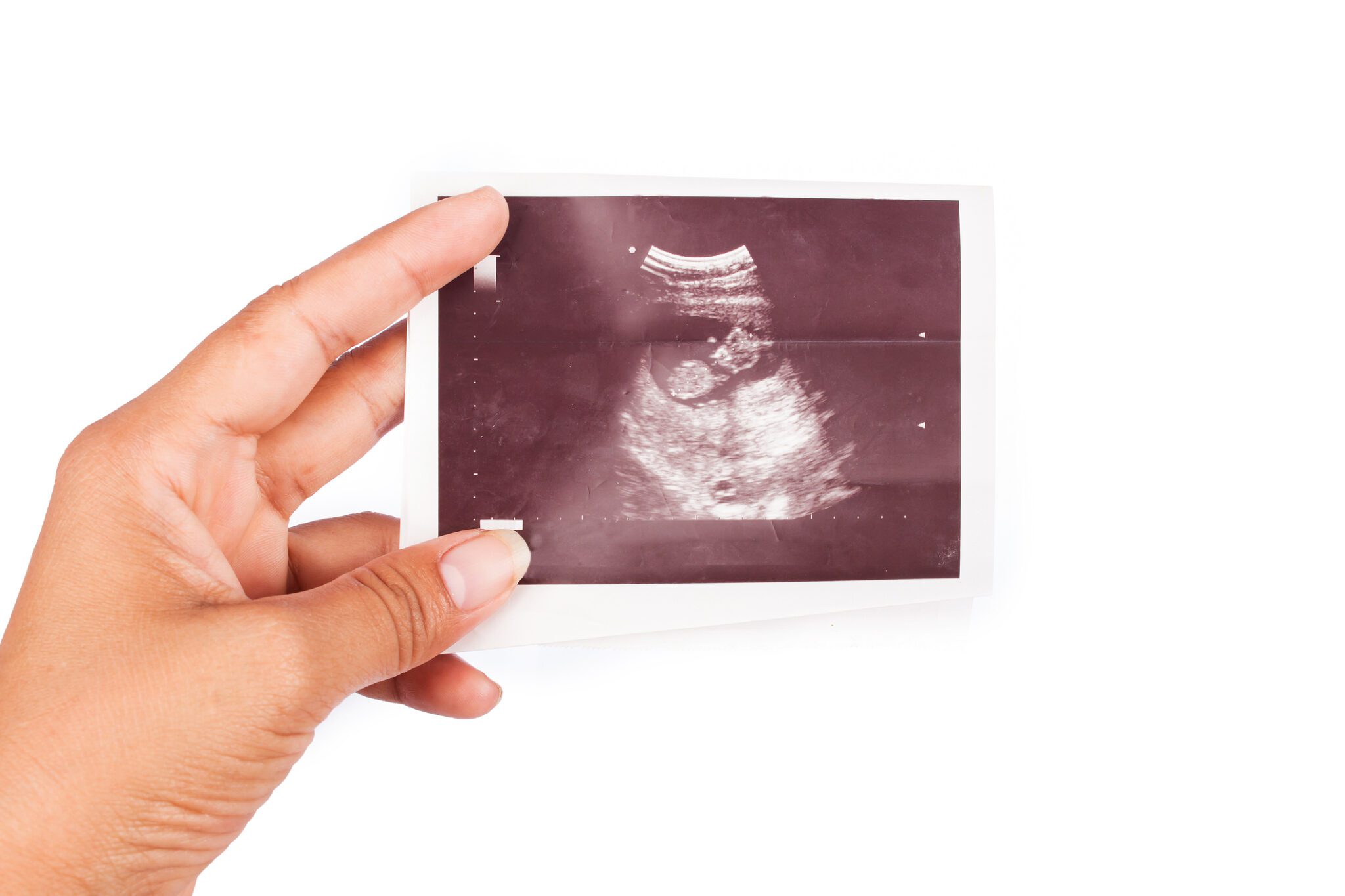Book review: Damaged Goods: New Perspectives on Christian Purity by Dianna Anderson
Whether surfing the internet or strolling the aisle of a local bookstore, the average Christian could be refreshed to catch a glimpse of Dianna Anderson’s book Damaged Goods. The cover, highlighting an all-American girl donning a whimsical pink skirt and peep-toe shoes with black graffiti crudely splashed across her legs, encapsulates a painful reality within modern Christianity: women (and men) who are plagued with shame over sexual sin while longing for hope and healing.
One such desperate soul might crack the pages of Anderson’s book and wonder, “Can I find the answer here?”
A new Christian ethic on sexuality?
Anderson clearly intends to provide a new, Christian ethic on sexuality that will free the hearts and minds of those guilt-ridden over their sexual choices. In fact, the author beckons the reader to “listen to the Spirit of Truth about what sexual purity really is” (7). But the unquestionable truth is that her ethic falls far from the tree of Christian orthodoxy.
Throughout the book, Anderson is vulnerable about her own life. Having grown up in the “purity culture” of the 1990’s, she reassessed her beliefs about God’s standards for sexuality in early adulthood. Her efforts to develop a new sexual ethic are propelled by her determination to speak out against the evangelical purity movement. Anderson wants to dismantle this movement’s teachings and replace it with her opinion of how its principles command judgment and unrelenting shame for the sexual sinner.
She spends an entire chapter outlining her interpretation of how the purity movement developed. Anderson concludes that the movement makes sexual abstinence the primary marker of holiness while forcing strict, legalistic rules on Christians. She also claims it paves a “destructive path” leading to the hatred of women (22).
But foundational to her personal ethic is Anderson’s attempt to disprove what she claims are five biblical myths about sex taught by purity proponents. This chapter highlights her misguided method of interpreting Scripture, which makes it easy for her to conclude that God has given his people carte blanche in the area of sexuality.
Her bird’s-eye view of the Bible relies heavily on Old Testament passages, failing to consider the entire scope of Scripture. Her method doesn’t take the Bible on its own terms but, rather, on hers. And while she often references “many scholars” who back her theological claims, I found myself often wondering to whom she was referring. By the end of chapter three, Anderson states that because the Bible contains “numerous instances of polygamous marriages, premarital and extramarital sexcapades, and complicated and complex gendered relationships” then a Christian journey of sexuality equals one where the individual decides for themselves what to do with their own body and mind (41).
And on this premise, Anderson spends the rest of the book outlining her sexual ethic using six, self-defined principles. Given her permissive biblical conclusions in chapter three, she proposes an ethic with very broad boundaries where almost anything goes: premarital sex, homosexuality, bisexuality, transgender relations and abortion are all on the table. Anderson promotes a view of progressive gender identity where one’s personal gender preference and sexual attractions will change over time. She attempts to defend her ethic as being fail-safe to guard against pedophilia, yet she boldly encourages teenagers to be the sole voice of authority in their personal sexual development.
Anderson identifies with Liberation theology and compares the purity movement’s treatment of women to racial discrimination found in American history. She genuinely sees her book as an effort to free Christian women enslaved to the teachings of the purity movement. In the end, she defines “grace and the gospel” as seeing that “our stories have worth because they are ours” with no mention of Christ’s death and resurrection on behalf of desperate sinners.
While Anderson attempts to provide a fresh, new look at sexuality, her book is a prime example that there really is “nothing new under the sun” (Ecc. 1:9). Her postmodern, humanistic, self-authoritative perspective mirrors the same messages seen in other secular material available today—messages the church must unapologetically pronounce as anti-gospel.
Recognizing legitimate needs
However, the church would do well to recognize the legitimate needs reflected in works such as Damaged Goods and stand prepared to respond proactively in grace and truth. Unfortunately, Anderson’s book has a void of the biblical gospel. For reasons beyond our understanding, Anderson, sadly, emerged from the evangelical purity movement believing her holiness was based on her sexual purity and not on Christ’s sacrificial work on her behalf. Nowhere does Anderson voice an understanding of her inherent guilt before God and rebellion against him or of Christ’s sacrificial offering on behalf of his enemies. Such a deficient view of the gospel inevitably leads to disheartened failure as individuals strive to obey Christ in their own strength rather than in the power of the Spirit.
Anderson’s personal testimony gives voice to an understandable response when faced with the crushing weight of a rules-based system: change the system until it’s personally manageable. As the church continues to hold high the torch of sexual purity, this book stands as a reminder that a call to purity alone is hollow. The first call must be to Christ in all his beauty and splendor based on his righteousness accomplished for us and his resurrection life given to us. The call to say “no” to sin without saying “yes” to Jesus will inevitably lead to shame and defeat. It’s only when Christ is at the helm of the believer’s heart that sexual purity can be a victorious expression of loving obedience (1 John 5:1-5).
Second, the sexual temptation and spiritual dissonance that Anderson personally recounts is becoming a prominent experience for those within the evangelical church. Even for individuals raised under Christian values and sitting in our pews on Sundays, the temptation toward sexual sin and the confusion surrounding sexual identity is pervasive. As a church, we must be prepared to compassionately acknowledge these temptations as par for the course in our culture rather than standing in shock and awe when they come to the surface within the four walls of our church or our homes. We will serve our brothers and sisters well by being armed with an understanding of the gospel that communicates the blood of Christ is sufficient to cover sexual sin just as it covers other seemingly “lesser” sins, such as unrighteous anger or covetousness.
Books such as Anderson’s hold forth the lie that freedom is only found when you change the message. But the blessed truth is that the Messenger, Christ Jesus, changes us! Freedom is not found in a community that dilutes the truth. Lasting freedom is witnessed in a covenant community that is honest about the truth, honest about our sin, brings that sin together to the foot of the cross, and sees Christ supernaturally transform his people to reflect his image. That’s when the church can authentically say, “This is the victory that has overcome the world — our faith” (I John 5:4).










